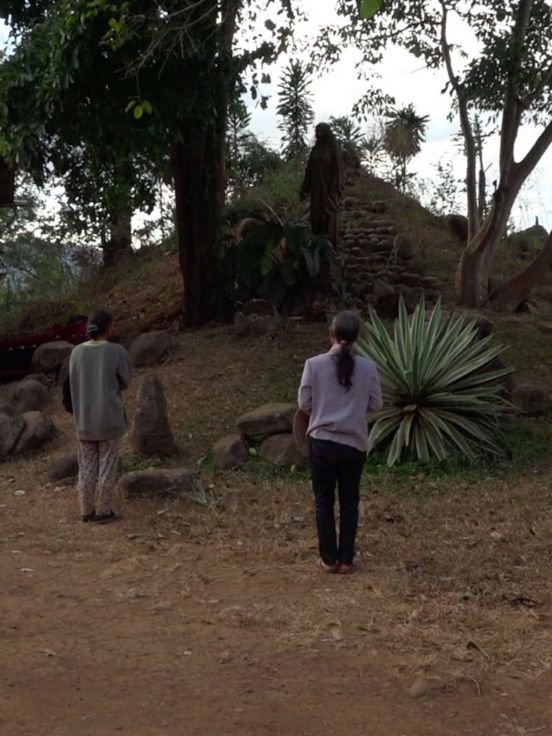How to Improve the World (2021)
Set in the Central Highlands of Vietnam where a large concentration of groups of indigenous people live, “How to Improve the World“ is a film about listening. The film reflects on the differences in how memory is processed between the culture of the eye and that of the ear, while observing the loss of land, forests, and the way of life of the indigenous people in this part of the world.
“Do you trust sounds or images better?“ Nguyễn, off screen, asks her daughter, who replies “images, mum“. Of the cultural dominance of images and looking at the expense of other sensory modes, Nguyễn has said: “As our globalised and westernised cultures have come to be dominated by visual media, I feel the need and responsibility as a filmmaker to resist this narrative power of the visual imagery, and look for a more balanced and sensitive approach in perceiving the world by paying more attention to aural landscapes, in line with my interests in the unknown, the invisible, the inaccessible, and in potentialities“.

